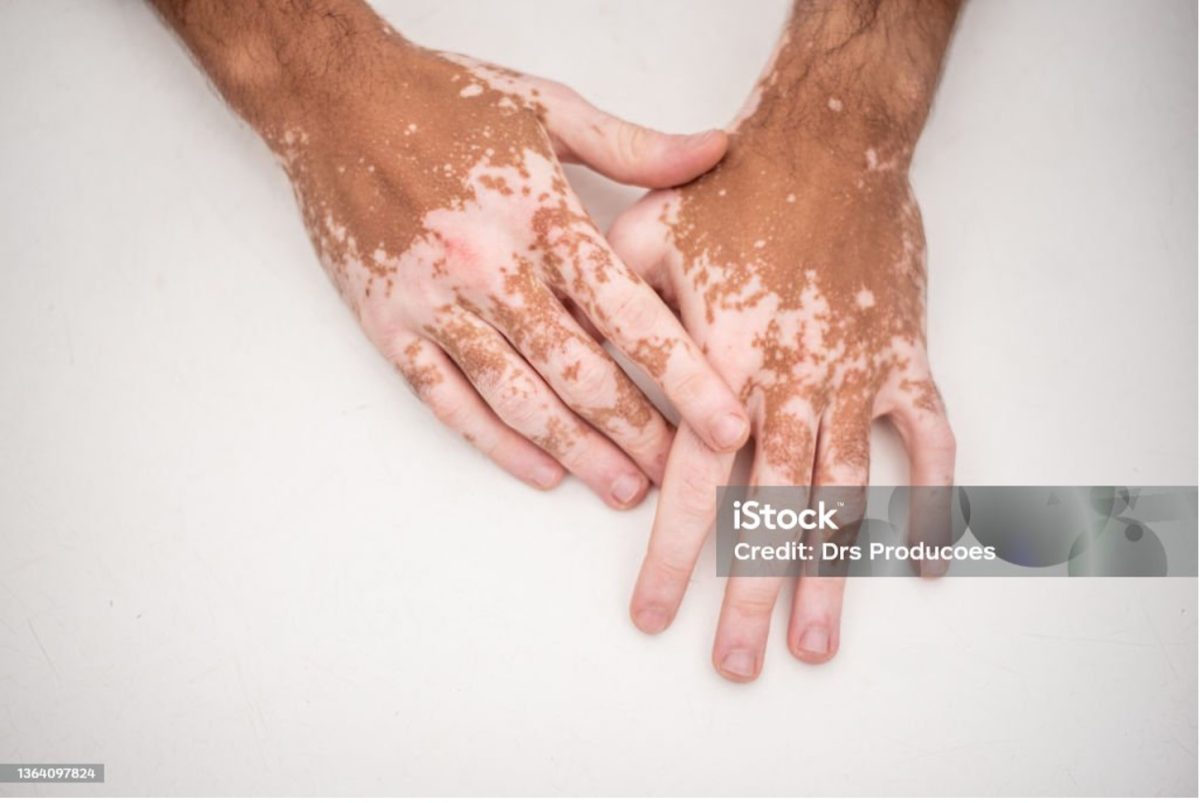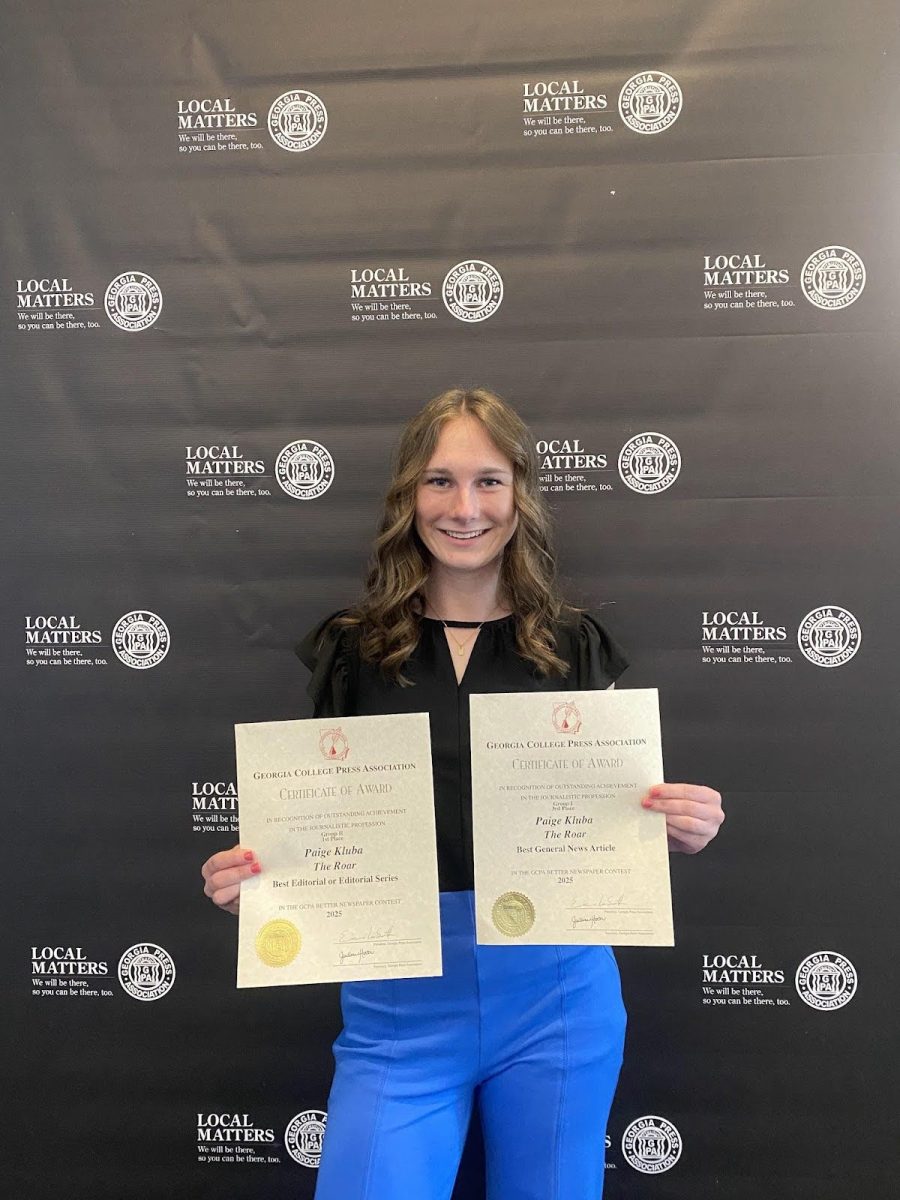Good afternoon, Lions! This week, we explore the world of Vitiligo, a condition characterized by the lack of melanin, the pigment responsible for skin color.
Melanin is produced by melanocytes, and when there aren’t enough working melanocytes, white patches develop on the skin or hair. Vitiligo typically starts on hands, forearms, feet, and face but can appear on any part of the body, including mucous membranes, eyes, and inner ears.
There is no cure for Vitiligo. Sometimes patches go away on their own. But when that doesn’t happen, doctors can prescribe treatments that might help even out skin tone. Some of these treatments are things you can try at home; others are done by a doctor. Normally, the color of hair and skin is determined by melanin.
Vitiligo occurs when cells that produce melanin die or stop functioning. Vitiligo affects people of all skin types, but it may be more noticeable in people with brown or black skin. The condition is not life-threatening or contagious. It can be stressful or make you feel bad about yourself.
Treatment for Vitiligo may restore color to the affected skin. But the treatment doesn’t prevent continued loss of skin color or a recurrence. Depending on the type of Vitiligo you have, it may affect nearly all skin surfaces, only one side or part of the body. It’s difficult to predict how this disease will progress. Sometimes the patches stop forming without treatment. In most cases, pigment loss spreads and eventually involves most of the skin. Occasionally, the skin gets its color back.
Jordan Jenkins, a senior Biology Major at Georgia State University, shares insights into the challenges faced by someone she knows with Vitiligo. Jordan highlights that while Vitiligo itself isn’t physically dangerous, its visibility can lead to social challenges.
“My friend that has Vitiligo has faced more bullying in her life than anything. Her skin reacts badly in the sun, causing severe sunburns despite sunscreen use. Vitiligo leaves her skin colder than normal, requiring year-round careful clothing choices.” said Jenkins. Vitiligo also triggers allergies to various substances, necessitating avoidance of certain lotions, perfumes, and clothing materials.
Jenkins stated that her friend tends to have premature whitening or graying of the hair on her scalp and eyelashes. Vitiligo also causes loss of color in the tissues that line the inside of the mouth and nose.
Jenkins talks about how you need to learn to love yourself for who they are, not for who their expected to be.
As we conclude this week’s article, let’s foster understanding and support for individuals dealing with Vitiligo. Stay safe, Lions!













